Current situation of Vietnamese factories and supply chains
Current Situation of Vietnamese Factories And Supply Chains
What’s really happening inside Vietnam factories today? From bustling industrial zones to rising costs and land shortages, the current situation of Vietnamese factories and supply chains reveals major shifts. While Vietnam grows as a Southeast Asian manufacturing hub, hidden challenges continue to slow progress. How are factories adapting? Are supply chains keeping up with demand and disruption? Dive in now to uncover what’s behind the scenes!
Overview of the Manufacturing Industry and Supply Chain in Vietnam
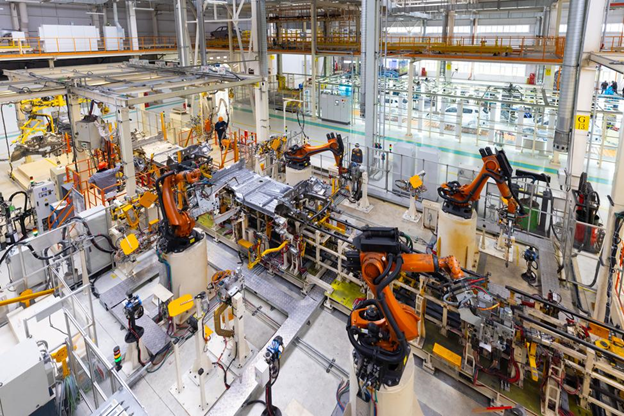
Overview of the manufacturing industry & supply chain (Source)
Vietnam’s manufacturing sector plays a central role in its economic growth. As of 2023, manufacturing accounts for over 24% of the country’s GDP. Key industries include electronics, textiles, footwear, and machinery. Foreign direct investment (FDI) continues to flow into industrial parks across the country, especially from Japan, South Korea, and China. This trend shows Vietnam’s rising importance in global production networks.
The supply chain system in Vietnam has also developed rapidly. A growing network of logistics providers, industrial zones, and seaports now supports manufacturing activities. Key logistics hubs include Hai Phong in the North, Da Nang in the Central region, and Ho Chi Minh City in the South. These locations offer strategic connections to global shipping routes.
However, supply chains still face challenges such as fragmented transport links, outdated warehousing, and rising costs. Despite these hurdles, Vietnam remains a preferred destination for companies looking to diversify beyond China. This shift highlights the growing demand for modern, ready-built factory solutions. This shift highlights the growing demand for modern, ready-built Vietnam factory solutions.
Current Situation of Factories in Vietnam
Vietnam’s manufacturing footprint has significantly increased in the last ten years. This growth supports its rising position as a manufacturing hub in Asia. Regional distribution varies, with each area offering unique advantages for different industries.
Quantity and Distribution of Factories
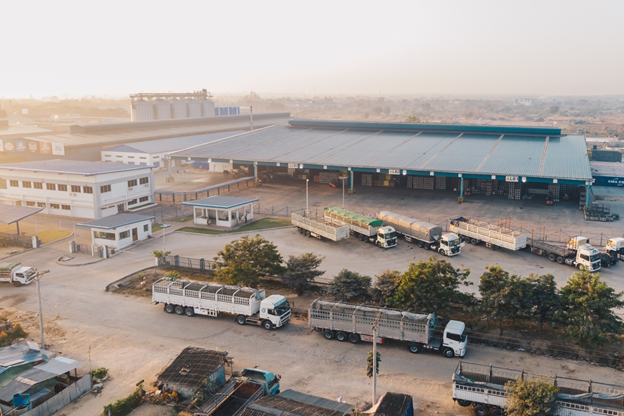
Quality and distribution of factories in Vietnam (Source)
Vietnam factories in the North lead in quantity thanks to their proximity to China and advanced logistics systems.. Hanoi, Bac Ninh, and Hai Phong house many high-tech factories, especially in electronics and components manufacturing. Bac Ninh alone had over 16,000 active businesses in industrial production as of 2023.
In Central Vietnam, Da Nang and Quang Nam attract mid-scale operations and logistics centers. Although fewer factories operate here, the region is known for its developing infrastructure and growing investor interest.
Southern Vietnam, with major hubs like Ho Chi Minh City, Binh Duong, and Dong Nai, continues to lead in industrial development. Binh Duong alone recorded over 29 industrial zones and more than 3,000 manufacturing enterprises in 2023. The South offers strong road networks and access to major ports.
Key zones include VSIP (Vietnam–Singapore Industrial Park), Long Duc, Tan Thuan, and Hiep Phuoc. These areas provide ready-built factories, utilities, and logistics support for quick setup.
Infrastructure Quality
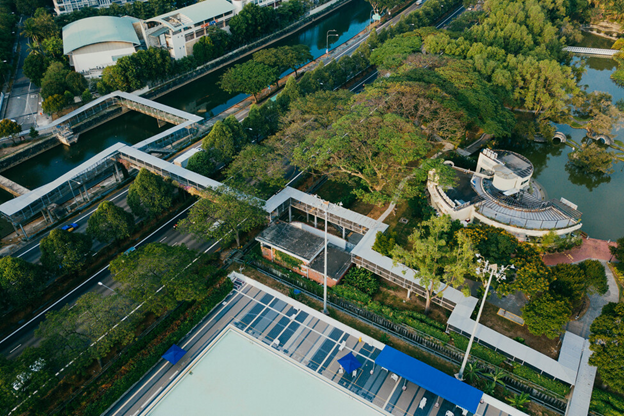
Infrastructure quality of factories (Source)
Vietnam’s factory infrastructure has improved in recent years. Many industrial parks now offer modern utilities, reliable power supply, wastewater treatment, and 24/7 security. Developers like Kizuna, Becamex, and VSIP have upgraded facilities to international standards.
Factories in the South tend to be more advanced. Southern industrial parks offer multi-functional space options and flexible leasing terms. In contrast, some Northern and Central zones still struggle with outdated buildings or limited support services.
Automation and smart factory trends are emerging slowly. Most small and medium-sized enterprises (SMEs) still rely on labor-intensive methods. The transition toward Industry 4.0 remains in the early stages, although foreign-invested enterprises are moving faster.
Challenges Faced
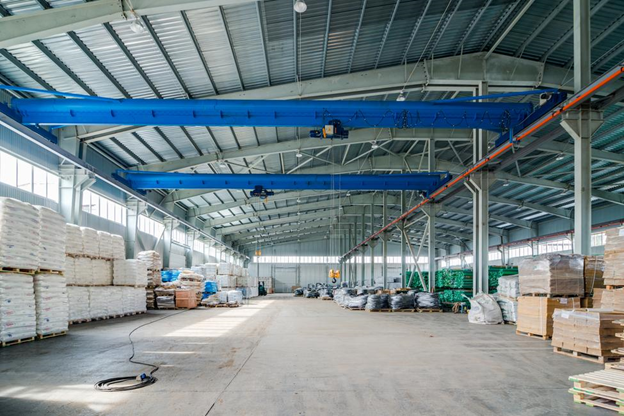
The challenges (Source)
Despite strong growth, the Vietnam factory sector faces serious pressure.. One major issue is the shortage of industrial land in key areas. In Ho Chi Minh City, land use efficiency has peaked, forcing developers to look farther from the city center.
High construction and operational costs are also rising concerns. Raw material prices, labor costs, and infrastructure upgrades increase the financial burden for new investors. In some locations, land lease prices have doubled in just a few years.
Vietnam also competes fiercely with regional neighbors. Countries like Indonesia, Thailand, and India offer similar labor advantages and large markets. As a result, Vietnam must maintain high infrastructure standards to stay attractive to foreign investors.
Current State of the Supply Chain in Vietnam
Vietnam’s supply chain has become a critical pillar in its industrial growth. As demand for efficient logistics increases, the country continues to upgrade infrastructure, streamline policies, and attract global players. However, rising complexity and external shocks continue to test the system’s resilience.
Development of the Supply Chain

Development of the supply chain (Source)
Vietnam is now seen as a key manufacturing hub in Southeast Asia. Global brands in electronics, garments, and furniture are shifting operations to Vietnam due to its cost advantages and trade agreements. The country ranks high in terms of low labor costs, improving logistics, and growing industrial zones.
The development of free trade agreements (FTAs) like CPTPP, EVFTA, and RCEP has also improved Vietnam’s access to international markets. These agreements support smoother export and import flows and reduce trade barriers. As a result, Vietnam has expanded its manufacturing base while enhancing connectivity with global supply chains.
Logistics networks continue to evolve. New highways, deep-water ports, and upgraded airports improve regional and international transport links. The North connects closely to China, while the South links efficiently to key seaports and industrial zones. This structure allows manufacturers to operate across multiple regions with reduced costs and better lead times.
Warehousing services are also growing fast. Developers now provide modern, ready-built facilities with integrated services. This trend supports businesses in speeding up setup time and minimizing supply delays. Leading developers such as Kizuna and BW Industrial offer scalable, flexible factory models tailored to various business needs.
Major Supply Chain Issues
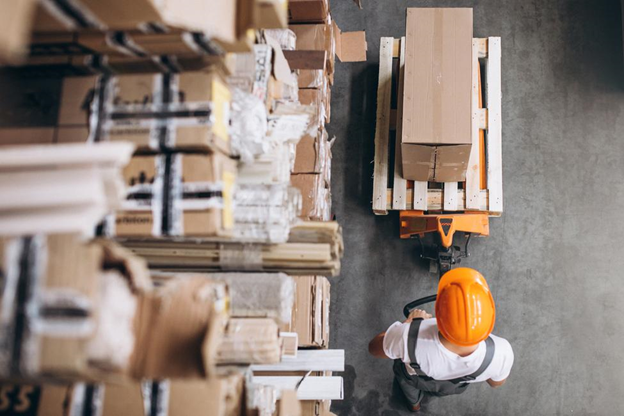
The major issues in the supply chain (Source)
Despite these improvements, Vietnam’s supply chain still faces several critical issues. One major concern is vulnerability to external disruptions. The COVID-19 pandemic, for example, exposed weaknesses in port capacity, cargo handling, and labor availability. Strict lockdowns led to delays, congestion, and temporary factory closures in key provinces.
Natural disasters such as typhoons and flooding also disrupt inland transport and affect warehouse operations. With climate patterns becoming more unpredictable, manufacturers and logistics providers must invest in risk management and flexible delivery planning.
Another challenge is inconsistent transport connectivity. While urban hubs have improved road and port access, rural and remote zones still lack efficient links. Delays in cargo movement and poor road conditions continue to affect delivery speed and raise logistics costs.
Warehouse operations also face bottlenecks. Many facilities in smaller provinces are outdated and lack modern handling systems. As demand grows for e-commerce and high-speed delivery, pressure increases on outdated warehousing models.
Inventory and goods management remain weak points. Many small and medium-sized enterprises rely on manual processes, which create errors and slow responses. Without technology integration, businesses struggle to track real-time stock levels or respond quickly to changes in demand.
Inconsistent customs clearance and local regulatory barriers can also disrupt supply chains. Complex documentation, slow approvals, and overlapping procedures create delays at ports and borders. These inefficiencies lower competitiveness and increase costs for manufacturers and exporters.
Supply Chain Optimization Benefits from Kizuna’s Factory
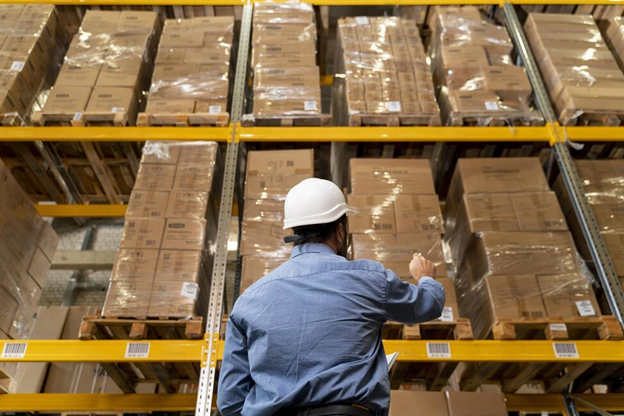
Kizuna helps supply chain optimization (Source)
How can manufacturers cut logistics costs and improve speed at the same time? Choosing the right factory location and infrastructure is the key. Kizuna’s factory solutions offer clear advantages for optimizing supply chains in Vietnam’s fast-growing market.
Strategic Locations Enhancing Logistics Efficiency
Kizuna’s factories are located in Long An Province, near Ho Chi Minh City and key industrial zones in Southern Vietnam. Their location provides immediate access to National Route 1A, major thoroughfares, and the Cat Lai Port. It shortens delivery times, cuts transport costs, and enhances supply chain reliability.
By being close to major economic centers and logistics hubs, manufacturers can respond faster to demand changes. The proximity to ports and airports also simplifies import-export activities and shortens lead times.
Standardized Infrastructure Supporting Fast Setup
Kizuna’s ready-built factories follow international standards. Each unit is built with modern materials, smart layouts, and optimized ventilation. Facilities include stable power, treated water, high-speed internet, and 24/7 security systems. These features help businesses start operations quickly with minimal additional investment.
Standardization across factory types allows flexibility in expansion. Enterprises can choose spaces from 250 m2 to over 6,000 m2 and upgrade without relocating. This setup minimizes downtime and supports long-term scaling.
Integrated Service Ecosystem
Kizuna offers more than just space. It provides a full-service ecosystem with multilingual support, legal consulting, HR solutions, and equipment rental. These value-added services reduce the workload for manufacturers and improve operational efficiency.
On-site management teams assist tenants with daily needs. From customs clearance support to technical maintenance, all services are within reach. This convenience helps businesses focus on core production instead of dealing with setup or administrative issues.